The Science Behind Geothermal Energy: How Does it Work?
Geothermal energy is a sustainable energy source that derives its heat from the earth’s center. It has been used for millennia as a pure and renewable form of energy. We will look at the history of geothermal energy, its relevance in the energy industry, and the goal of this study in this article.
Table of Contents
Geothermal Energy: How It Works
Geothermal energy is a sustainable energy source that derives its heat from the earth’s center. This energy is captured using a method that entails digging deep into the earth’s crust to reach the heat source.
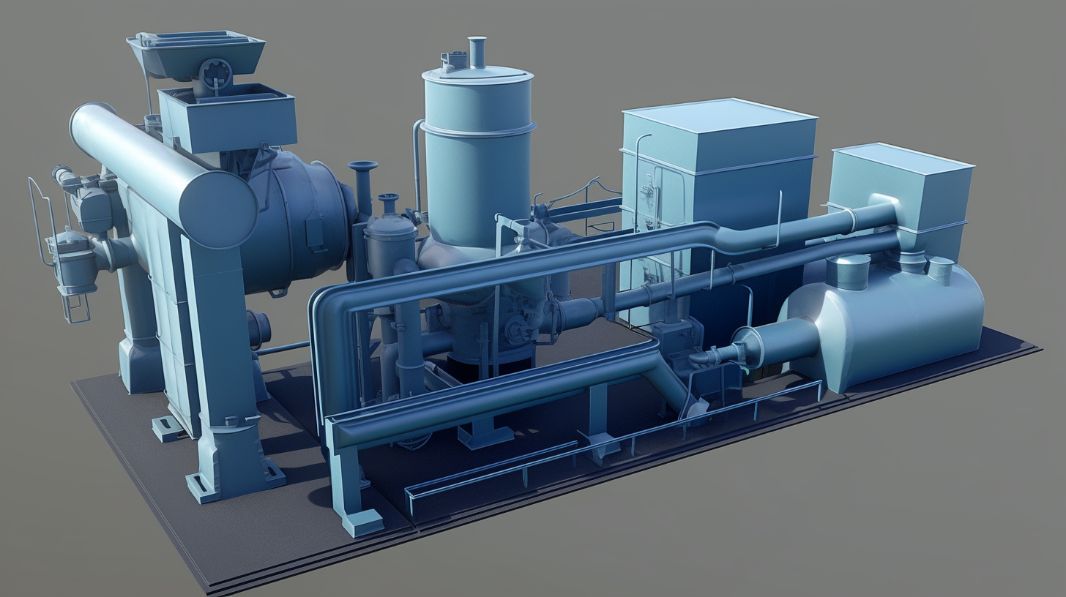
Drilling a borehole into the earth’s crust to reach the hot water and steam trapped under the surface is the technique of harvesting geothermal energy. The hot water and steam are then transported to the surface through a pipe system and utilized to power turbines that create energy.
Procedure Description
Drilling a borehole into the earth’s crust to reach the hot water and steam trapped under the surface is the technique of harvesting geothermal energy. The hot water and steam are then transported to the surface through a pipe system and utilized to power turbines that create energy.
Explaining the Heat Source
The earth’s core, which is composed of molten rock and metal, serves as the heat source for geothermal energy. This heat is produced by the decay of radioactive materials within the earth’s crust and is continually supplied by sunlight.
Transfer of heat to energy
Conduction is the method through which heat from the earth’s core is transmitted to the surface. As hot water and steam rise to the surface, its heat energy is transferred to turbines, which transform the energy into electricity.
Geothermal Energy Advantages
Geothermal energy is a clean, sustainable energy source with several advantages. It is a dependable source of energy that can be utilized to power homes and businesses while emitting no greenhouse gases. Furthermore, geothermal energy is inexpensive and can help to minimize our reliance on fossil fuels. Overall, geothermal energy is a promising renewable energy source with the potential to play an important part in our energy future.
The Science Behind Geothermal Energy
Geothermal energy is a renewable form of energy obtained from the interior heat of the Earth. Geothermal energy research is intriguing, requiring knowledge of the Earth’s structure, geothermal gradient, hot water and steam, and digging geothermal wells.
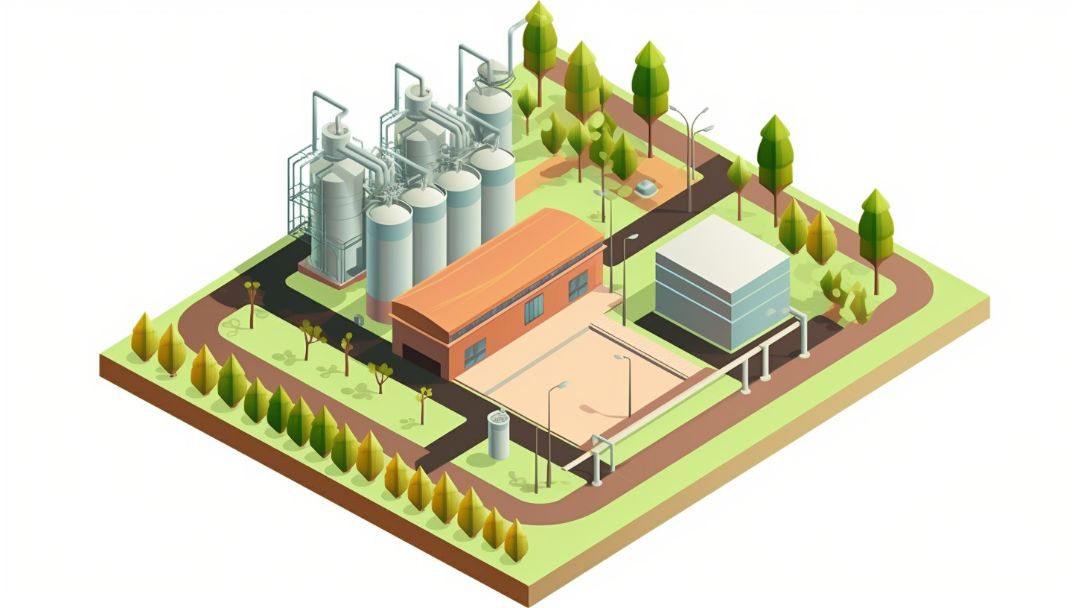
The structure of the Earth is critical in geothermal energy generation. The crust of the Earth is composed of multiple layers, including the lithosphere, mantle, and core. The mantle is the layer in charge of creating the Earth’s internal heat. Conduction is the method through which heat is transported to the surface.
The geothermal gradient is the pace at which the temperature of the Earth rises with depth. The geothermal gradient varies based on location, but it is typically between 25 and 30 degrees Celsius per kilometer. The geothermal gradient is significant because it provides a source of heat that may be used to generate energy.
Geothermal energy generation relies heavily on hot water and steam. Water becomes heated and turns into steam as a result of the heat from the Earth’s interior. This steam may be utilized to create energy by powering turbines. Hot water may also be used directly to heat buildings and for other purposes.
Drilling geothermal wells is a complicated operation that entails drilling deep into the Earth’s crust to gain access to hot water and steam. To guarantee that the well is safe and productive, the drilling operation must be properly designed and conducted. After drilling the well, the hot water and steam may be recovered and used to generate electricity.
To summarize, geothermal energy research is intriguing and entails understanding the Earth’s structure, geothermal gradient, hot water and steam, and digging geothermal wells. Geothermal energy has the potential to become a substantial source of renewable energy in the future with sustained study and development.
Geothermal Energy Versus Other Renewable Energy Sources
Geothermal energy is a renewable energy source that is frequently used in conjunction with solar and wind energy. While all three are renewable, there are some significant distinctions between them.

Geothermal energy provides various advantages over solar and wind energy in terms of benefits. For starters, unlike solar and wind energy, geothermal energy is available 24 hours a day, seven days a week. Furthermore, geothermal energy is more steady and stable than solar and wind energy, which can vary based on the time of day and weather conditions.
Another advantage of geothermal energy is that it is less expensive than solar and wind energy. While geothermal energy systems have substantial initial installation costs, the long-term benefits are enormous. Geothermal energy technologies outlast solar and wind energy systems and require less maintenance and repair over time.
In terms of cost-effectiveness, geothermal energy outperforms solar and wind energy. Geothermal energy systems may produce more energy per unit of land than solar and wind energy systems, making them more space efficient.
While solar and wind energy are both major renewable energy sources, geothermal energy offers numerous benefits over the other two. Geothermal energy is a viable renewable energy source for the future, thanks to its dependability and consistency, as well as its cost-effectiveness and efficiency.
Current State of Geothermal Energy
Geothermal energy is a renewable energy source that generates power by harnessing heat from the Earth’s interior. The world’s geothermal energy capacity is now about 14.9 GW, with the United States being the top producer, followed by Indonesia, the Philippines, and Turkey.
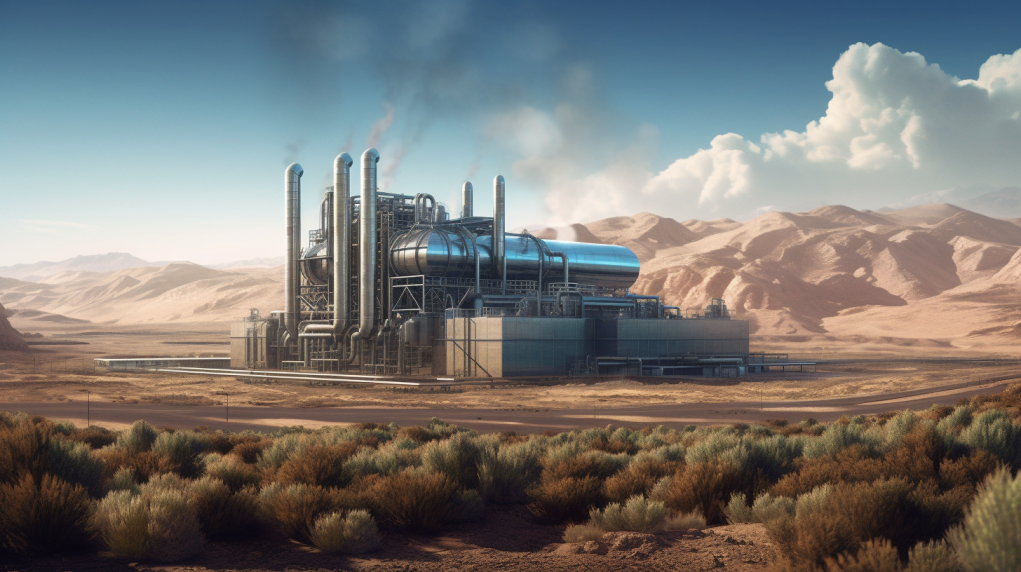
The United States has 3.7 GW of geothermal energy capacity, accounting for 25% of the world’s total capacity. The total capacity of Indonesia and the Philippines is 3.5 GW, whereas Turkey has 1.3 GW. Mexico, Italy, and Iceland are among the countries having major geothermal energy capacity.
Despite its promise, geothermal energy production confronts a number of hurdles. One of the most significant obstacles is the high initial cost of drilling and constructing geothermal power facilities. Furthermore, geothermal energy is site-specific, and not all areas have the geological characteristics to enable geothermal energy generation.
There are, nonetheless, potential for geothermal energy development. The growing need for renewable energy sources, as well as the need to minimize carbon emissions, provide an ideal climate for geothermal energy. Furthermore, technological improvements have enabled access to previously inaccessible geothermal resources.
Geothermal energy has the potential to play a substantial part in the global energy mix in the future. According to the International Renewable Energy Agency (IRENA), geothermal energy might produce up to 10% of global electricity by 2050. Geothermal energy might become a stable and sustainable source of energy for future generations with the correct policies and investments.
Conclusion: The Importance of Geothermal Energy in the Transition to a Sustainable Future
In this post, we looked at geothermal energy’s potential as a sustainable source of energy. We’ve talked about the advantages of geothermal energy, such as its minimal carbon impact, dependability, and cost-effectiveness. We also looked at the barriers to geothermal energy production, such as high upfront costs and the requirement for specialized knowledge.
Despite these obstacles, geothermal energy has the potential to contribute significantly to the transition to a more sustainable future. Geothermal energy can provide a steady and constant supply of power as we transition away from fossil fuels and toward renewable energy sources. It can also aid in lowering greenhouse gas emissions and mitigating the effects of climate change.
To fully fulfill geothermal energy’s potential, we need the backing of governments, investors, and the general people. Governments can give incentives and money to encourage the development of geothermal energy, while investors can supply the required funds to fund projects. The general people may help by campaigning for the development of geothermal energy and supporting legislation that encourage its usage.
Finally, geothermal energy has the potential to transform the transition to a more sustainable future. We can lessen our dependency on fossil fuels and transition to a cleaner, more sustainable energy future by harnessing the power of the earth’s heat. It is up to all of us to promote geothermal energy development and guarantee that it plays a substantial part in our energy mix.

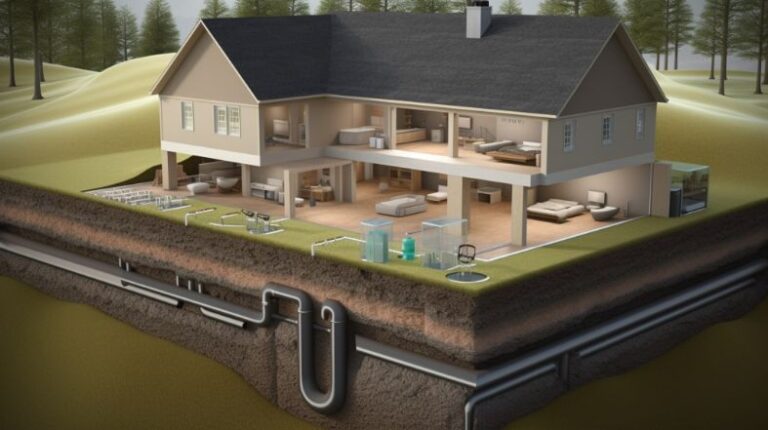
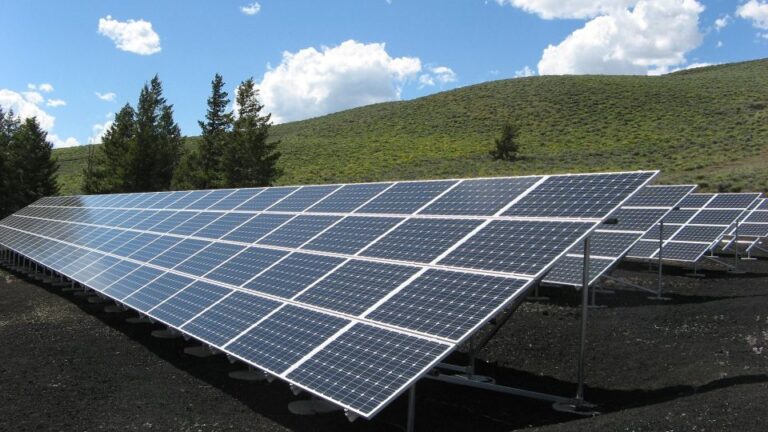
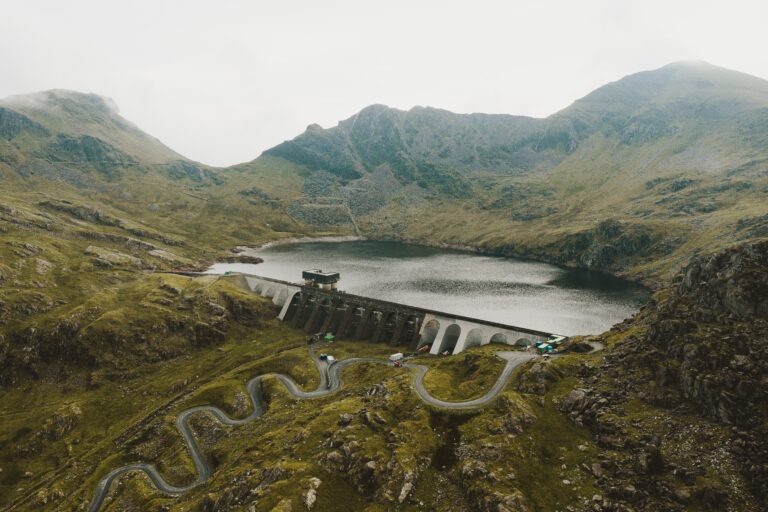

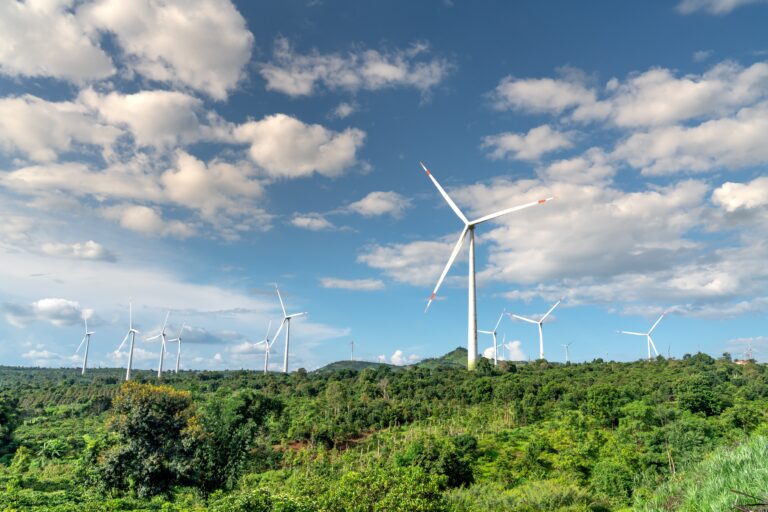
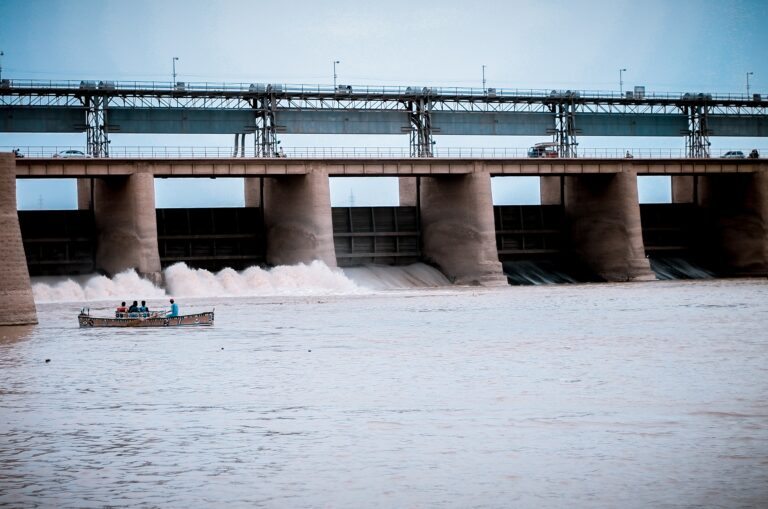
2 Comments